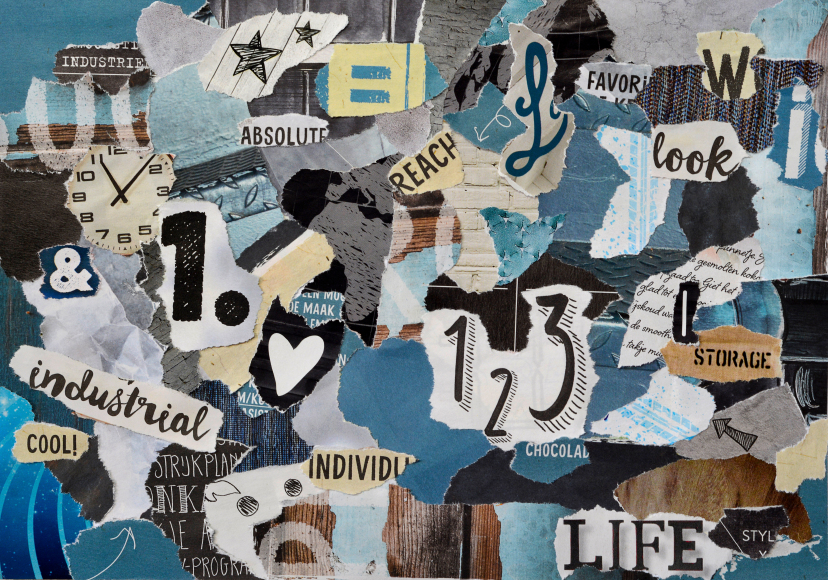OH WHAT A FEELING!
There’s something not quite right with messaging.
[Don’t get your hackles up, please. We’re not maligning words or choices or their arrangements.]
In every map, every grid, every page in which we capture the essence of a business, it falls flat. Sure, we can add emotional words, even exclamation marks (though save us from too many). Yet the story is somehow lacking. Words alone aren’t working … at least, for us.
Of late, we’ve been applying an idea from the design world. Which is, the creation of mood boards, once assembled from a bunch of oversized, colorful magazines, even photography books. With a glue stick, scissors and a generous foam core board, a collage develops that reflects themes and a vague essence of feeling. Interior designers, artists, creative directors, fashion folks use these liberally; in fact, they guard the completed boards with their lives, keeping them ultra-confidential until the project has been revealed.
So what stops us – communicators and branding experts – from starting our stories this way? It connects the heart and the brain. It helps coordinate a corporate tale. And it quickly lets others know exactly where we’re going. Yup, a series of pictures (yes, with words) relates the beginning and middle and ongoing events that make up a business’ life.
No Moody blues, here.

 Tuesday, June 14, 2016 at 12:00PM | in
Tuesday, June 14, 2016 at 12:00PM | in  storytelling
storytelling 




